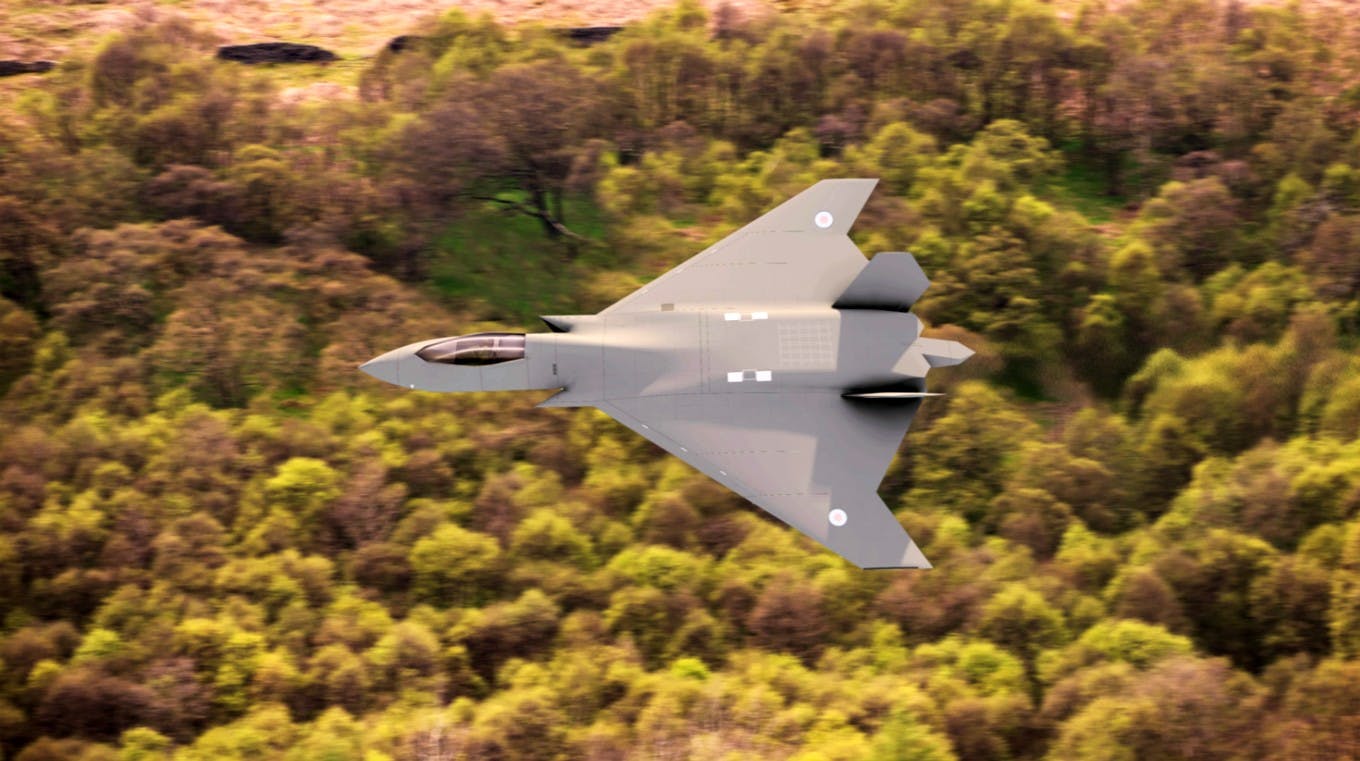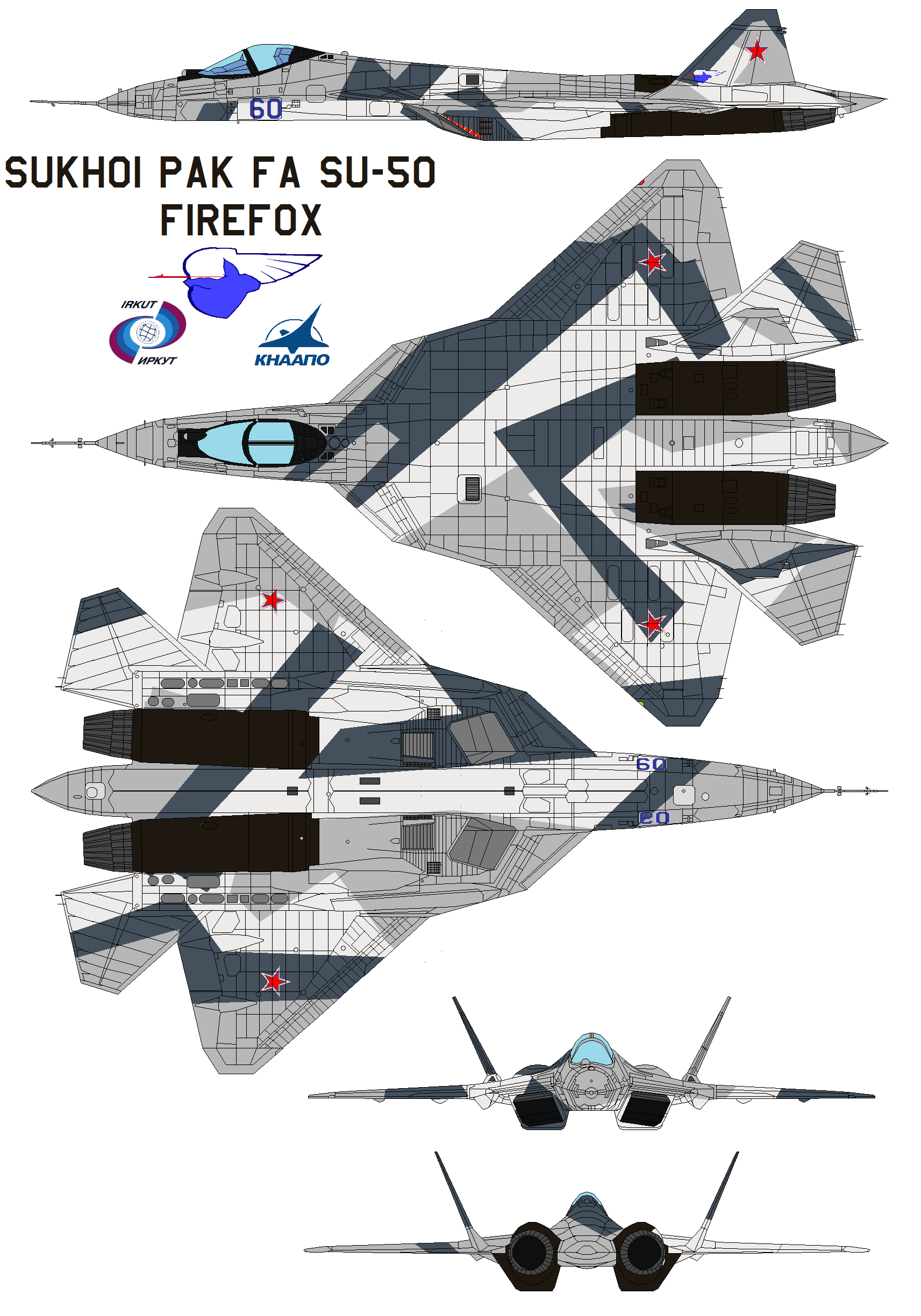Fighter Jet 0-60 - The F15 is a small jet aircraft designed for combat use in any situation. Stocktrek/Getty Images
It didn't take long for the world to realize the combat potential of airplanes. In 1911, just eight years after the Wright brothers invented from the ground, the US military began dropping test bombs from above. A few years later, World War I troops fought in the air with fighter jets and machine guns.
Fighter Jet 0-60

Things moved quickly from there. Just 60 years later, the old single-engine airplanes have evolved into sleek, powerful fighter jets that can make sharp turns in the air at more than 600 miles per hour (970 kph).
Most Popular Fighter Jets In Service Around The World
In this article, we will look at one of the most famous fighters, the F-15. This amazing aircraft has been around for a long time -- it's been around since the early 70s -- but it's still an important part of the US arsenal. According to the Air Force of the United States, it has a perfect combat record, with more than 100 victories and no losses. As we can see, its success is due to its amazing movement, advanced electronics and awesome fire.
The F-15 Eagle is a small, highly maneuverable jet aircraft designed to fly combat missions in all weather conditions. Its main mission is to maintain air superiority. In other words, its ultimate goal is to defeat other aircraft in air combat.
The US Air Force ordered the aircraft after seeing the MiG-25, a powerful fighter jet introduced by the Soviet Union in 1967. A fighter jet at the time, the F-4 Phantom, and at the center of the Cold War, The Air Force needs the same aircraft as the fastest. McDonnell Douglas (now merged with Boeing) won the contract for the new project and delivered the finished F-15 a few years later. The company has introduced several variants of this aircraft since then, as technology and needs have changed (see below). The current F-15 Eagle fighter is the F-15C.
The original F-15 Eagle was designed to intercept air-to-air targets only (other aircraft). It was not built to attack ground targets because the Air Force knew that additional equipment would compromise the aircraft's air combat capability. But when the Air Force needed a fighter jet to replace the aging F-111 with the new stealth-ready F-117, they decided to modify the F-15 for air-to-ground missions. . The result was the F-15 Strike Eagle, designated the F-15E.
Drawing Of Military Aircraft. Top, Side, Front Views. Fighter Jet. War Plane With External Weapons
The F-15 Strike Eagle (below) carries several air-to-ground weapons in addition to the air-to-air weapons you'll find on the F-15C (above).
The Strike Eagle is not a replacement for the original F-15, but a supplemental bomber. Ironically, the Air Force's interim solution turned out to be one of the best bombers ever built. In Operation Desert Storm, the Strike Eagle proved that they could successfully fight their way through enemy aircraft, hit multiple ground targets, and then fight their way back.
In the next section, we will see how these two aircraft are combined and find out how they dive, climb and how beautiful they fly.

The F-15 has most of the features you would find on a regular jet aircraft. It has two lifting wings, a vertical tailplane and a balanced rudder, and twin turbofan jet engines at the rear of the aircraft.
Air Force To Develop F 16 'digital Twin' > Air Force Life Cycle Management Center > Article Display
The main difference between the F-15 and a conventional jet is how these elements balance each other. The F-15 twin engines (Pratt & Whitney F-100-PW-220s or 229s) have a very high weight-to-weight ratio, which means they are very light for the amount of thrust they generate (generate they almost (eight times) . Pushing their own weight).
The body of the plane is also light, although it is very strong. Wing spars (support structures inside the wings) are made of titanium, which is lighter and stronger than steel, and the skin is usually made of lightweight aluminum. According to the Air Force, each engine generates between 25,000 and 29,000 pounds of thrust. The standard weight of the F-15C is only 45,000 pounds, which means that its payload is greater than its weight! This allows it to accelerate quickly, even when climbing high places.
The F-15 also has a very low wing weight, which means it has a lot of wing area for its weight. A larger wingspan means greater lift, making the aircraft more dynamic. It can take off, climb and turn faster than a conventional airplane, with more weight per square foot of wing space.
The F-15's high counterweight and low wing loading send it off the ground at a sharp angle.
New Image Of New British Fighter Jet
The F-15 can carry additional fuel in three external tanks. One grows under each wing and the other is attached to the tail.
The engines have afterburners, which can provide an extra kick when needed. The burner simply injects fuel into the hot jet exhaust stream. It burns, adding hot gas from the back of the engine (see question of the day for details on burners). At full power, the aircraft can reach over Mach 2.5 (about 1,854 mph / 2,984 kph).
High engine power comes at a price - poor fuel economy. Of course, the F-15 was designed with limitations in mind. To increase the size without fuel, large internal fuel tanks are built into the fuselage (main body) and wings. It can also carry three external tanks, as well as two functional-style tanks under the wings that generate their own lift. Fully fueled, the F-15C can fly 3,450 miles (5,550 km), and the F-15E can fly 2,400 miles (3,860 km).

Another problem with engines is that they wear out quickly. This is to be expected, given the amount of work they do. Fortunately, the replacement is easyfront
Tested: 1994 Acura Nsx Is A Fighter Jet For The Road
The F-15 doesn't fly very fast, and it stalls quickly. It has an extendable air brake, an aerodynamic panel that greatly increases the drag of the plane so that it is less (like a parachute).
The main thing that distinguishes the F-15 and other modern fighters from their predecessors is their electronic systems. Early fighter pilots controlled their planes mechanically, moving the controls, and often using their eyes to target enemy planes. In contrast, almost every aspect of the F-15 is computerized.
The plane is a robot. It has a central computer, which is connected to many advanced sensors. Based on input from the navigation system (consisting of highly sensitive gyroscopic sensors) and the pilot, the computer moves the propellers to adjust the wings and rear stabilizers. The pilot does not fly the plane directly: He gives instructions and the computer decides how to do it. The computer constantly adjusts itself in flight to improve flight performance -- the computer artificially creates a smooth flight. The F-15's computer can make the necessary adjustments in milliseconds, about a hundred times faster than a human.
The main "eye" of the aircraft is the computer-controlled radar system, which is attached to the nose. The job of radar is to find other aircraft and make maps of the ground. The dish is equipped with a moving gimbal, so it can rotate to take pictures in different positions or follow a moving target. Radar determines the direction of targets using a pulse-Doppler system - basically, changes in visible radio waves indicate whether the target is moving towards or away from the radar system (see how radar works for more information.)
Asl02651 F 104g Starfighter 26+60
The F-15 Strike Eagle has an additional tracking device called low-altitude navigation and targeting infrared at night (LANTIRN). The LANTIRN system is located in two modules mounted under the aircraft, near the engine.
The guidance position has another radar unit configured to map the terrain, and a forward-looking infrared (FLIR) imager that captures infrared thermal energy from surrounding objects. Together, these sensors create a detailed picture of the ground, which allows the pilot or computer to fly in complete darkness.
The target cavity includes a powerful laser and another FLIR imager, mounted on a rotating turret. The laser acts as a range finder, calculating the distance to targets based on how long it takes the laser beam to bounce off them, as well as a target designator, marking targets for laser-guided missiles. . The targeting system is designed to select ground targets, but it can also be used in air-to-air combat.

The central computer processes data from the radar and the LANTIRN system and presents target and navigation information to the crew. In the next section, we'll look inside the living room to see how
Fighter Jet Sketch Fleece Blanket By Northpoint Prints
Latest us fighter jet, fighter jet training, fighter jet games, f 15 fighter jet, fly a fighter jet, fighter jet toys, ngad fighter jet, fighter jet party supplies, fighter jet flying experience, lego fighter jet, fighter jet canvas, the newest fighter jet
0 Comments